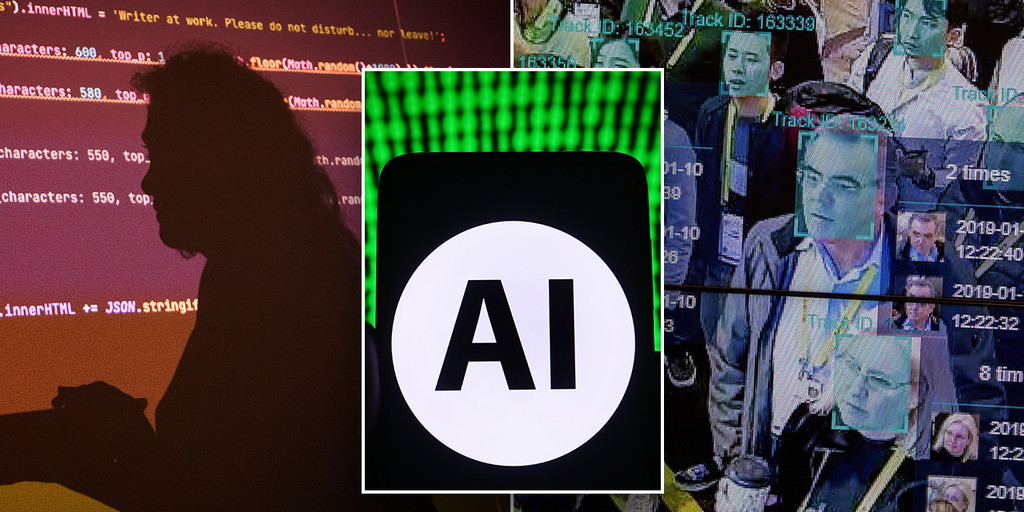Artificial intelligence can manifest in various forms, serving as a conversational partner, an artist, a tutor, or a tool for facial recognition. However, at its core, AI remains a machine that requires vast amounts of data and energy to operate efficiently.
AI systems like ChatGPT are housed in facilities filled with silicon computer chips. The quest to develop larger AI systems, as pursued by major tech players such as Microsoft, Google, Meta, and Amazon, necessitates substantial resources. Yet, our planet is facing resource depletion.
The computational requirements for training advanced AI models have been escalating rapidly, doubling every six months in the last decade. This trajectory may soon become unsustainable, with projections indicating that AI programs could consume electricity equivalent to that of Sweden by 2027. The power needed to train cutting-edge models like GPT-4 has surged, with estimates suggesting it is 100 times more intensive than its predecessor, GPT-3, released just four years ago. Google’s integration of generative AI into its search feature has notably increased search costs. However, the scarcity of AI chips, highlighted by OpenAI CEO Sam Altman, coupled with the energy shortage, poses significant challenges. The current trajectory could lead to an energy crisis, straining local power grids and incurring exorbitant costs.
Tech giants, driven by the ethos of scalability, are engaged in a race to enhance AI hardware efficiency. Nvidia, a relatively obscure player until recently, has emerged as a dominant force in this arena, surpassing industry giants like Google, Amazon, and Meta. Nvidia’s expertise lies in designing crucial components of AI machinery: computer chips that power chatbots, image generators, and other AI applications. Their graphics-processing units (GPUs), originally known for enhancing video game graphics, now play a pivotal role in training state-of-the-art AI systems.
To sustain the AI revolution, tech firms are investing billions in expanding cloud-computing infrastructure. Nvidia’s stronghold on specialized AI chips market—potentially powering AI programs worldwide—underscores its significance. Customized AI chips designed in-house by tech companies could offer a competitive edge, enabling tailored solutions that are more energy-efficient and cost-effective.
The shift towards proprietary chip design mirrors past successes such as Google’s custom processors for search and translation services, and Apple’s transition to in-house processors for enhanced device performance. This strategic move could redefine the competitive landscape, with chip efficiency becoming a critical differentiator in the AI space.
The prospect of an all-encompassing AI ecosystem, integrating hardware and software innovations, presents opportunities for tech companies to enhance user experience and lock in customers. Vertical integration strategies, akin to Apple’s ecosystem, could consolidate user loyalty and streamline AI usage across devices.
In addition to chip innovation, tech firms are focusing on developing efficient software and sustainable energy solutions to address the escalating energy demands of AI technology. These efforts are not only crucial for environmental sustainability but also for the overall viability and affordability of AI advancements.
Matteo Wong, an associate editor at The Atlantic, delves into the intricate landscape of AI technology and its implications for the future.










